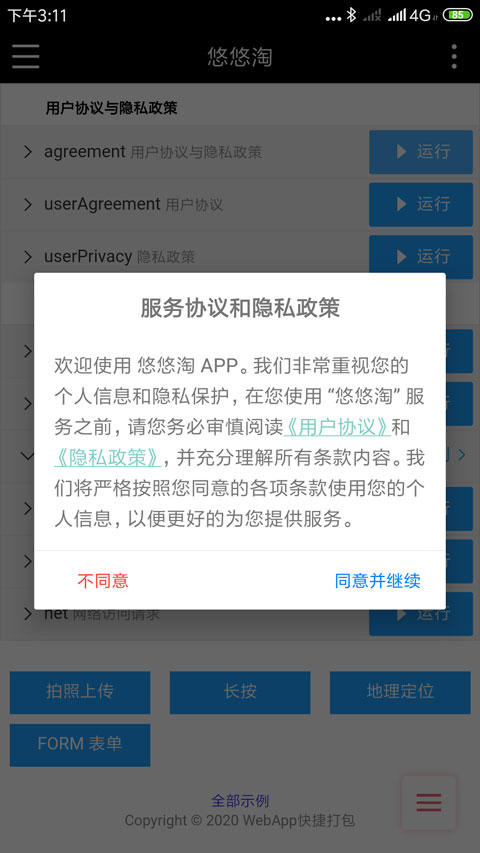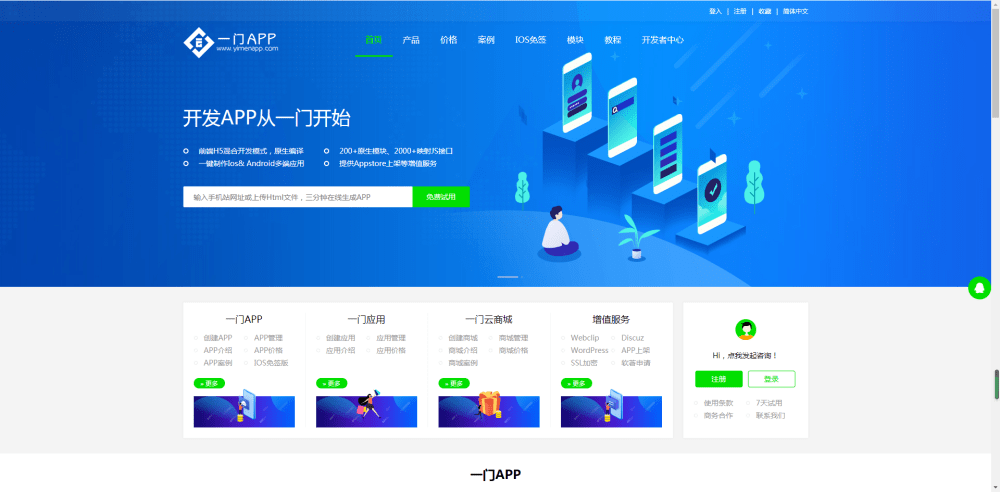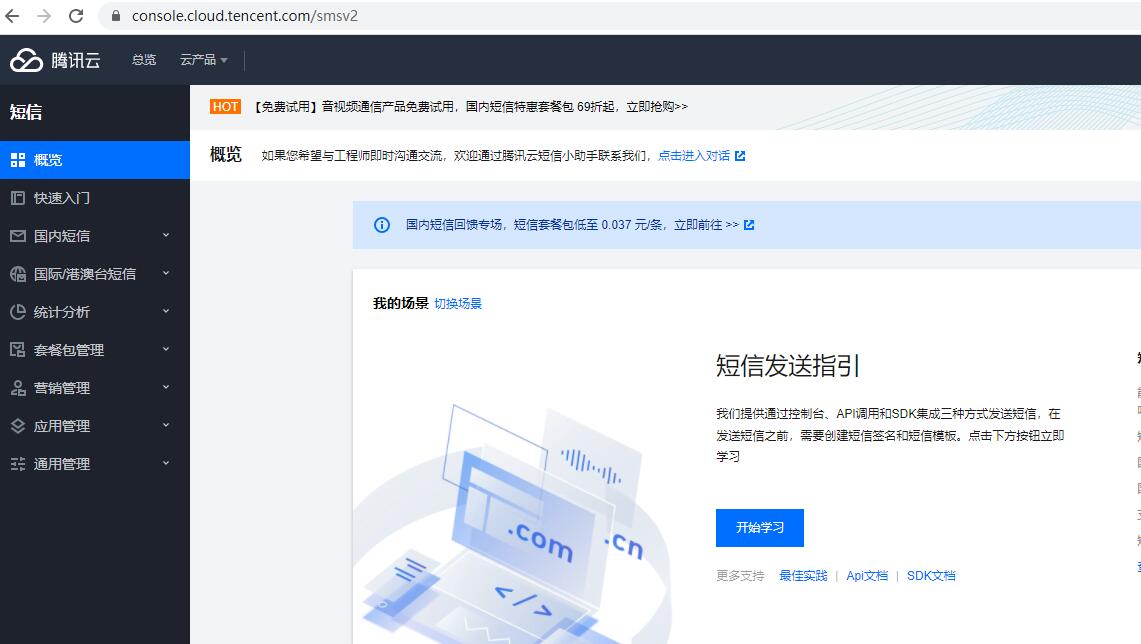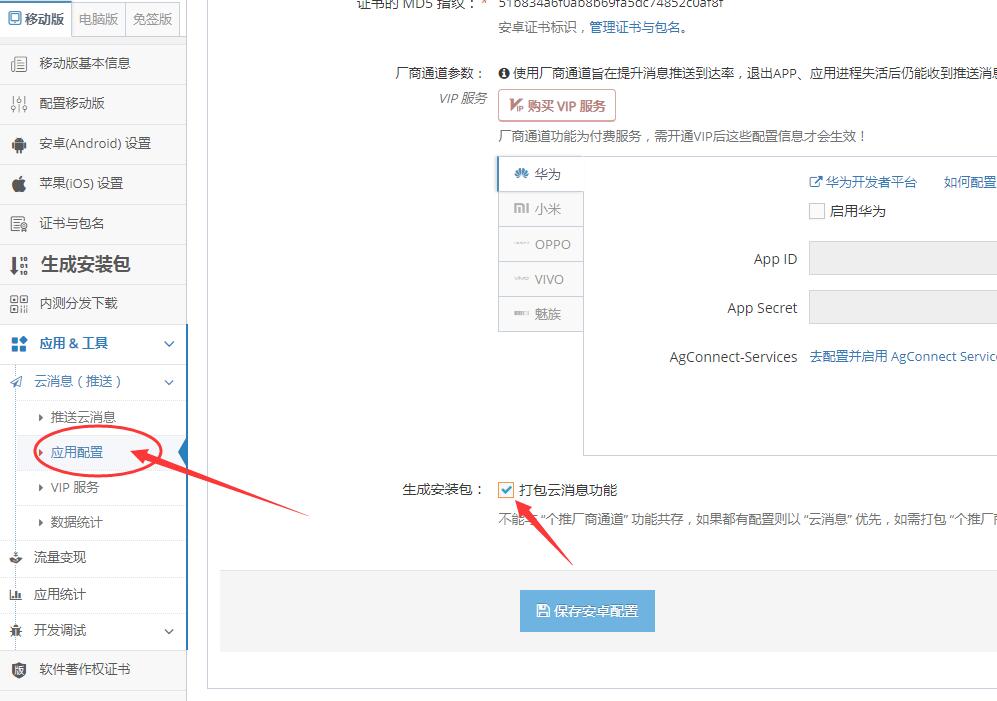Android app development refers to the process of creating mobile applications that run on the Android operating system. Android is one of the most popular mobile operating systems, with over 80% of global smartphone users using Android devices. As a result, Android app development has become a vital part of mobile app development.
Android apps are built using the Java programming language, along with the Android Development Kit (ADK) and the Android Software Development Kit (SDK). The Android Development Kit includes a set of tools that developers use to create, test and deploy Android apps.
The basic components of an Android app include activities, content providers, services, broadcast receivers, and widgets. Activities represent the user interface of the app, while content providers allow apps to share data with other apps. Services are background processes that run independently of the UI, while broadcast receivers are used to receive and respond to system broadcast messages. Widgets are a type of UI component that can be placed on the home screen of an Android device.
Android apps are also built using the Model-View-Controller (MVC) architecture, which separates the code that manages data from the code that manages the user interface. This makes it easier to modify an app's functionality without affecting the user interface.
Android app development also involves testing and debugging the app to identify and fix any defects or errors. There are various testing tools, such as the Android Debug Bridge (ADB), the Android Emulator, and third-party tools like Appium and Selendroid, that developers can use to test their apps.
Once an Android app is ready, it can be published on Google Play, the app store for Android devices. Google Play has over 2.8 million apps available for download, making it the largest app store in the world.
In summary, Android app development involves creating and building applications that run on the Android operating system. Developers use Java, the Android Development Kit, and the Android Software Development Kit to create apps with various components, test them, and publish them on Google Play.





